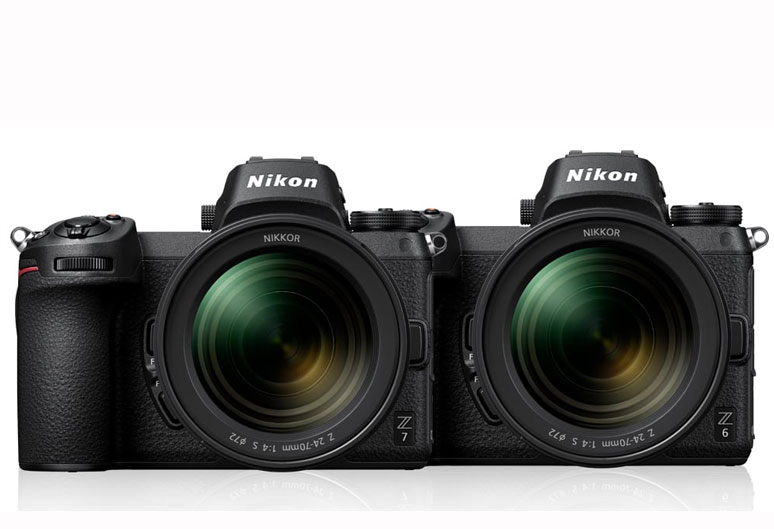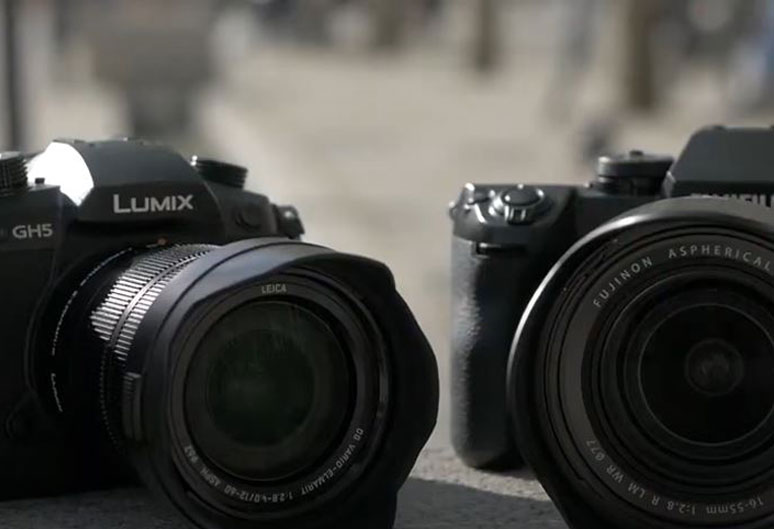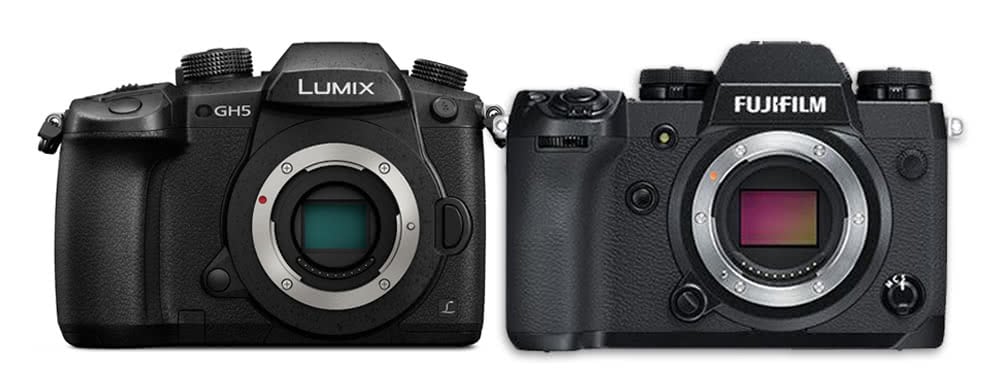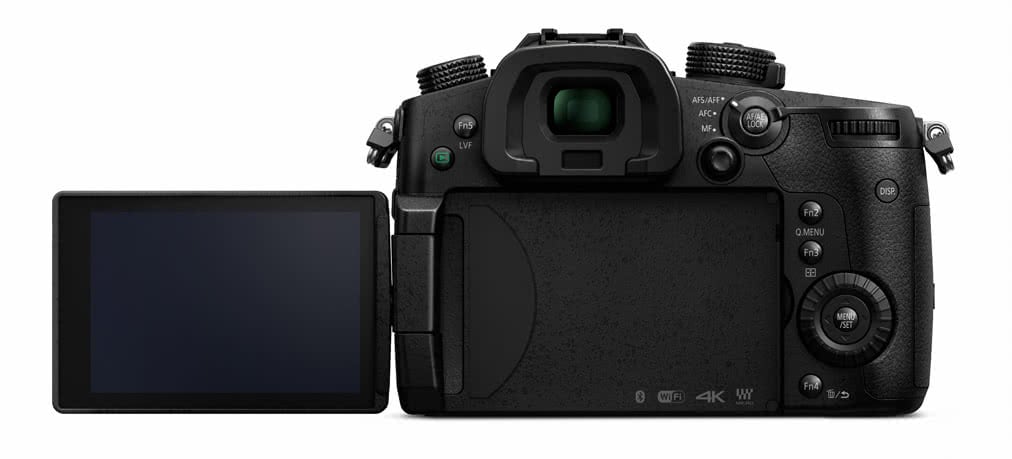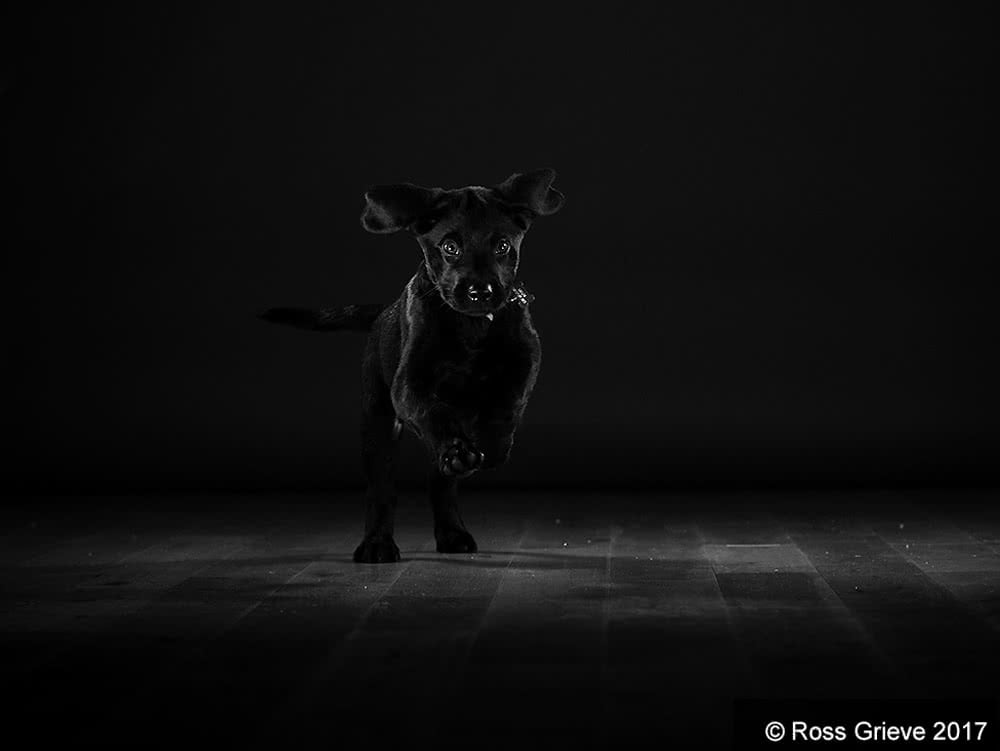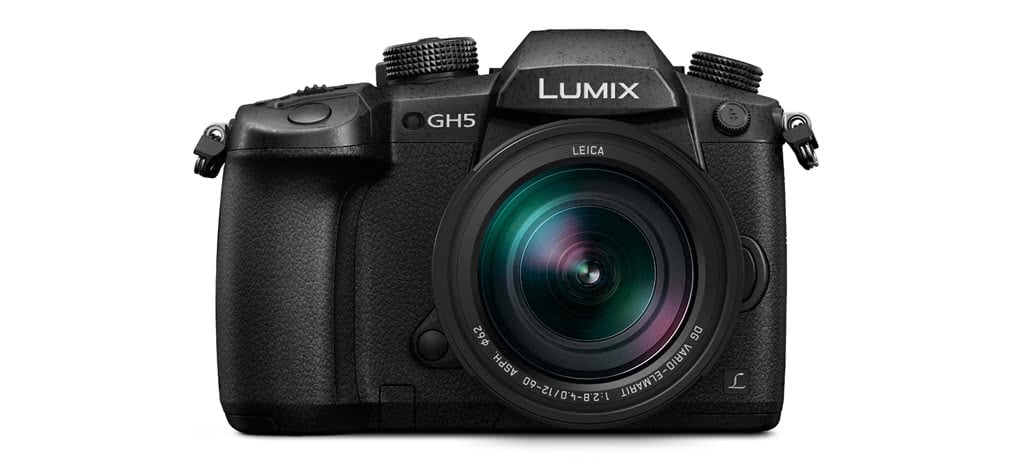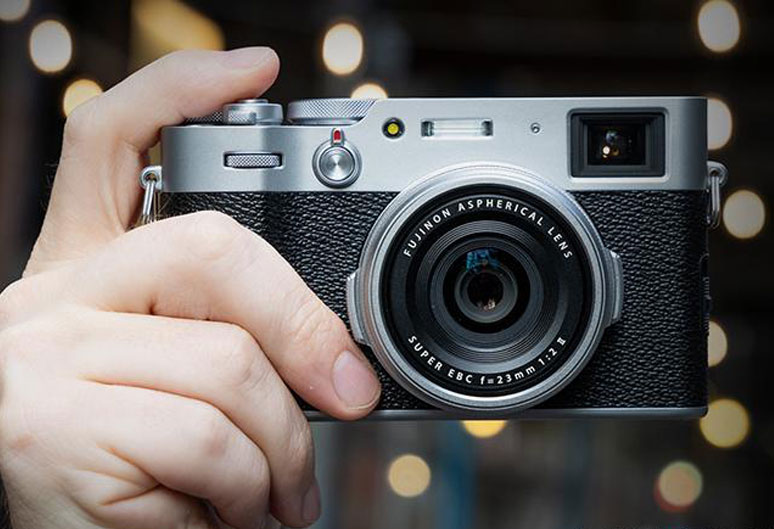Meet the groundbreaking Z series
Nikon announces the release of the full-frame, Nikon FX format mirrorless cameras, the Nikon Z 7 and Nikon Z 6, as well as NIKKOR Z lenses, featuring a new, larger-diameter mount.
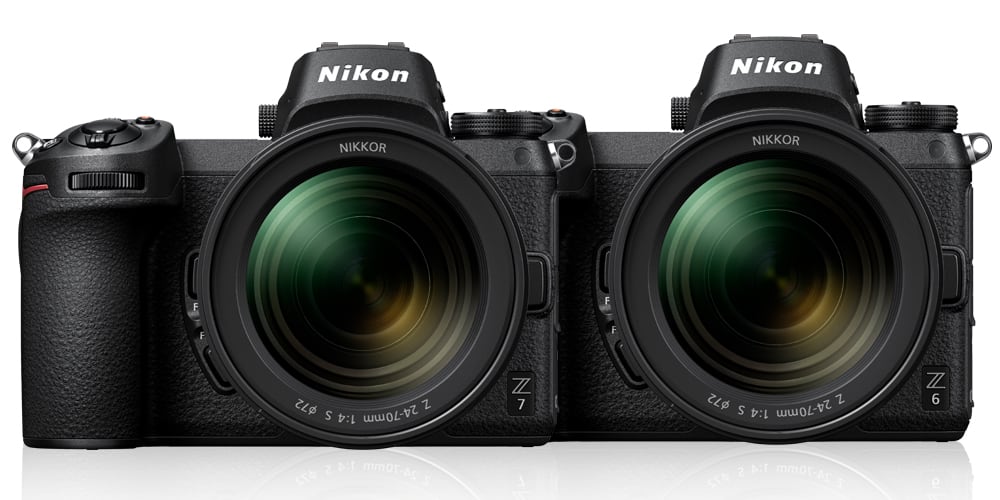 The Z mount system is comprised of mirrorless cameras featuring a new, larger-diameter mount, as well as compatible NIKKOR lenses and accessories. This system has been realised through the pursuit of a new dimension in optical performance. It has inherited Nikon’s tradition of quality, superior imaging technology, great operability, and high reliability, all innovated from its digital SLR cameras.
The Z mount system is comprised of mirrorless cameras featuring a new, larger-diameter mount, as well as compatible NIKKOR lenses and accessories. This system has been realised through the pursuit of a new dimension in optical performance. It has inherited Nikon’s tradition of quality, superior imaging technology, great operability, and high reliability, all innovated from its digital SLR cameras.
Features
• Equipped with a new backside illumination Nikon FX-format CMOS sensor with built-in focal-plane phase-detection AF
• A hybrid AF system with focus points covering approximately 90% of the imaging area
• The new EXPEED 6 image-processing engine for sharp and clear imaging and new functions that support creative expression
• An electronic viewfinder that utilises Nikon’s superior optical and image-processing technologies to offer a clear and natural view
• An ergonomic design unique to Nikon that enables intuitive operation
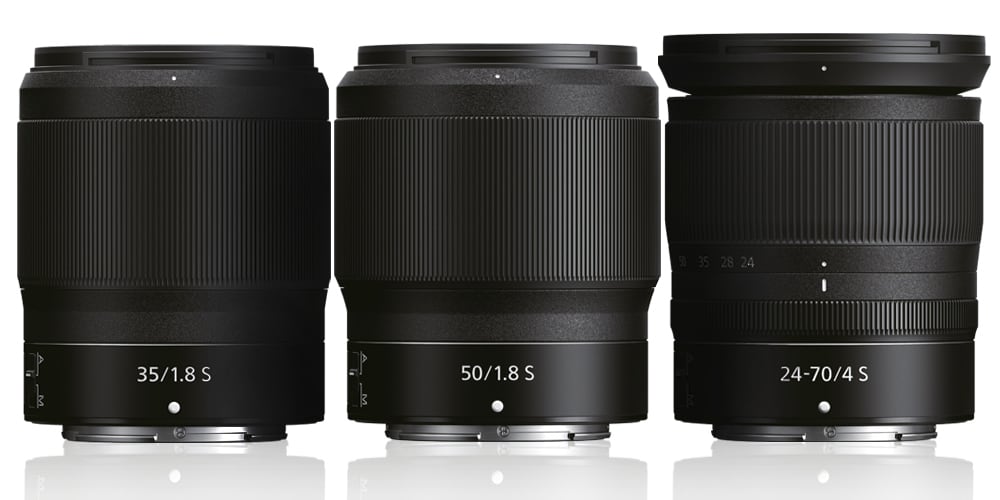
Nikon have also launched three new lenses compatible with its Z mount system’s full-frame (Nikon FX format) mirrorless cameras, and the new Mount Adapter FTZ. The standard zoom NIKKOR Z 24-70mm f/4 S, the wide-angle prime NIKKOR Z 35mm f/1.8 S, and the standard prime NIKKOR Z 50mm f/1.8 S will operate with the system’s new larger-diameter mount.
Features
• Superior rendering for exquisite image expression that redefines perceptions of what a 50mm f/1.8 lens can do
• Sharp and clear rendering of details from the centre of the frame to the peripheral edges, regardless of the shooting distance
• The soft and beautiful bokeh characteristics at any shooting distance possible only with a fast lens
• Adoption of two ED glass elements, and two aspherical lens elements
• Adoption of a new, powerful stepping motor (STM) enables quiet and accurate AF control with both still-image and movie recording
• In consideration to a dust- and drip-resistance, the entire lens, including moving parts, has been sealed
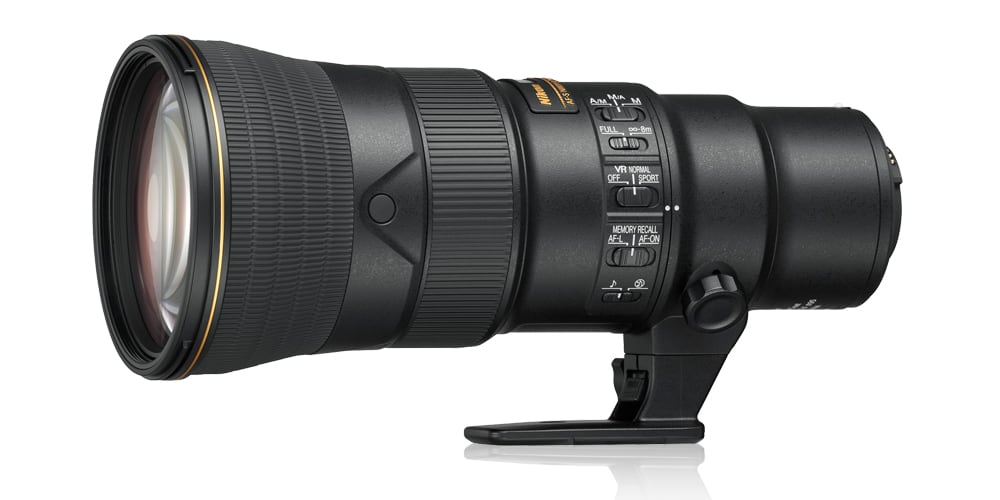
Nikon’s AF-S NIKKOR 500mm f/5.6E PF ED VR, a super-telephoto lens compatible with Nikon FX-format digital SLR cameras.
The AF-S NIKKOR 500mm f/5.6E PF ED VR is a high-performance, FX format, super-telephoto lens that supports a 500 mm focal length. Adoption of a Phase Fresnel (PF) lens element has significantly reduced the size and weight of the lens, making hand-held super-telephoto photography easy and enjoyable.
Features
• Significantly smaller and lighter with the adoption of a Phase Fresnel (PF) lens element
• Designed with consideration to a dust and drip-resistant structure, and adoption of Nikon’s fluorine coat that effectively repels dust, water droplets, grease, and dirt
• Cutting-edge optics with which one PF lens element and three ED glass elements have been adopted for extremely sharp and detailed rendering that is compatible with high pixel-count digital cameras
• Optical performance that is in no way sacrificed when the TC-14E III AF-S teleconverter is used
• Materials used in the new PF lens element effectively control PF (diffraction) flare
• The effective ghost and flare suppression achieved through the use of Nano Crystal Coat enables clear images
• AF speed increased by making lens elements in the focusing group lighter
For more information, contact sales on 020 7582 3294 or email sales@fixationuk.com

